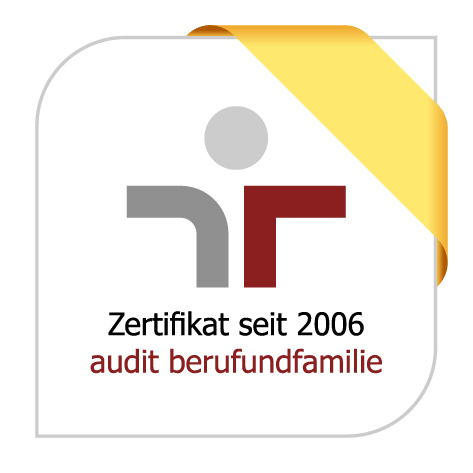The Max Planck Institute for Radio Astronomy (MPIfR), Germany's leading radio astronomical institute, is seeking postdoctoral researchers to join the MuSES (Multi-messenger Studies of Extragalactic Super-colliders) project. This project, led by Prof. Yuri Kovalev and funded by the European Research Council (ERC Advanced Grant No. 101142396), will be conducted over five years starting January 1, 2025.
The MPIfR operates several world-class facilities, including the 100-m Effelsberg radio telescope (also as a part of the European VLBI Network - EVN and the Global Millimetre VLBI Array - GMVA); the LOFAR DE1 station, part of the LOw Frequency ARray (LOFAR); the APEX telescope in Chile, (also as a component of the Event Horizon Telescope - EHT); and a state-of-the-art Very Long Baseline Interferometry (VLBI) correlator.
POSTDOCTORAL POSITIONS (m/f/x) IN ASTROPHYSICS
The overarching goal of MuSES is to understand the physical processes near supermassive black holes that drive the launching and propagation of relativistic jets in active galactic nuclei (AGN). The project aims to study the relationship between the fundamental properties of black holes, accretion disks, and the surrounding medium, including the processes of jet acceleration, collimation, and conversion from electromagnetic to kinetic energy domination. A key focus of the project is on the details of proton acceleration and neutrino production mechanisms. By combining several observational tools of modern multi-messenger astrophysics, we expect to make a breakthrough in understanding the role of black holes and relativistic outflows in the energy release in AGN, production of cosmic rays, and high-energy neutrino emission.
Project Objectives:
1. Observational studies of AGN jet geometry, collimation and acceleration:
- Measurements of jet shapes from parsec-scale images.
- Multi-year kinematics and model analysis to probe the acceleration of relativistic plasma in jets.
- Developments of new automated algorithms for VLBI model-fitting, kinematics measurements and robustness assessment.
2. Probing the physical mechanism of neutrino production on the basis of multi-messenger blazar data:
- Study of parsec-scale properties of neutrino-selected blazar candidates on the basis of regular VLBI observations of complete samples and neutrino-triggered follow up experiments.
- Reconstruction of physical conditions in AGN jets including properties of newly ejected relativistic ejections potentially associated with high-energy neutrino events.
- Statistical and modeling analysis of radio-to-gamma-ray variations in relation to high-energy neutrino events to search for a possible connection between electromagnetic synchro-compton flares and neutrino arrival times and energies.
To achieve these goals, the MuSES team will combine a range of radio-to-gamma-ray observations, particularly very-long-baseline interferometry and high-energy neutrino data. The project team will conduct multi-frequency polarization observations of blazars and active galactic nuclei with the Very Long Baseline Array (VLBA). The data will be observed within the ongoing MOJAVE project and other dedicated VLBA experiments at centimeter and millimeter wavelengths.
Candidate Profile:
We seek researchers whose scientific interests align with one or more of these objectives. Experience in any of the following areas is desirable but not strictly required: radio interferometry techniques and VLBI, modern methods of electromagnetic or multi-messenger statistical data analysis, AGN jet simulations.
Postdocs will have the opportunity to join the KM3NeT neutrino collaboration as full members and participate in neutrino telescope activities, including neutrino observations, data processing, and analysis as an integral part of the multi-messenger MuSES project.
Additionally, the International Max Planck Research School for Astronomy and Astrophysics (IMPRS) offers opportunities for collaborative research with PhD students, including their supervision and teaching within the MuSES project.
Application Process:
Interested and qualified individuals should submit the following:
- A curriculum vitae.
- A list of publications.
- A research motivation letter (maximum of four pages long, including figures and references, and formatted with 12 pt. font) addressing at least one of the MuSES objectives.
Applicants should also arrange for three letters of recommendation to be sent to the MPIfR application portal at the address and by the deadline indicated below.


